It’s hard to fathom, but the first Life is Strange was launched nearly a decade ago. Max Caulfield makes her return as the central figure in Life is Strange: Double Exposure. Personally, the initial game remains one of my all-time favorites due to its touching narrative, ethical dilemmas, and realistic character interactions. It truly was a remarkable journey that left a lasting impression. While subsequent titles in the Life is Strange franchise have their unique strengths, none have quite captured the magic of the original. Although Life is Strange: Double Exposure may not deliver the same emotional thrill ride, it certainly stands as a commendable addition to the series.
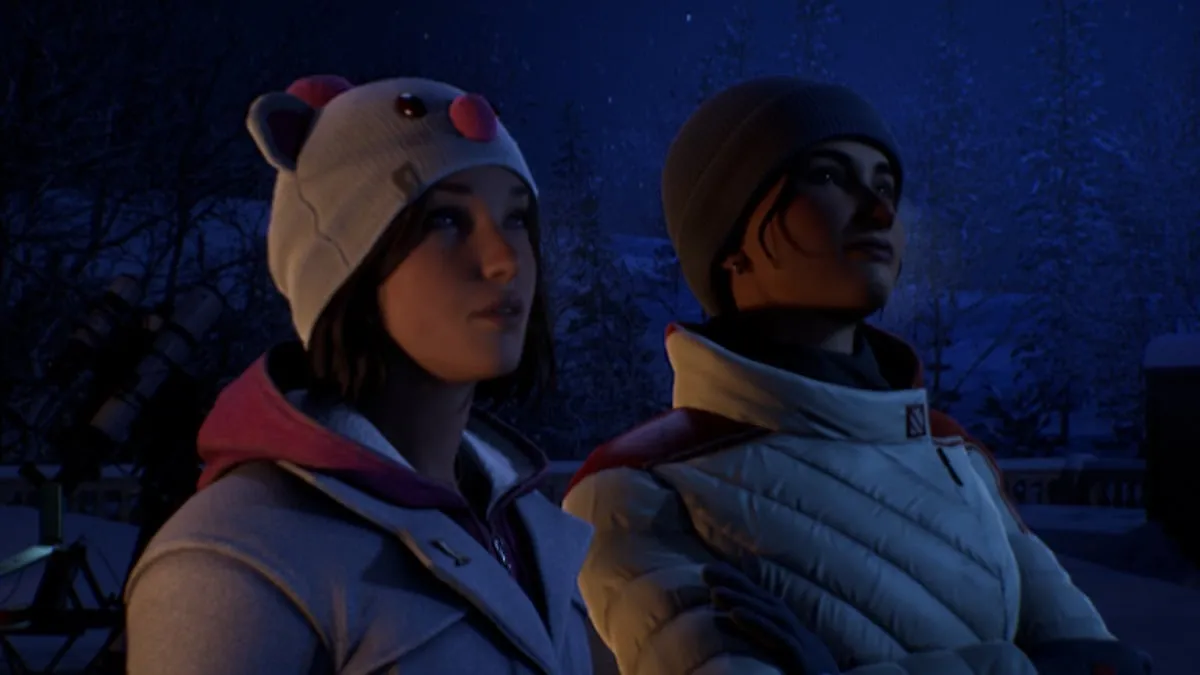
It appears Deck Nine has acknowledged that the audience for Life is Strange: Double Exposure has matured, resulting in a narrative that leans towards a more serious tone. Set a decade after the events in Arcadia Bay, the story begins with Max, who, after hitting the road to embrace her passion for photography, lands a job at Caledon University in a quiet town. However, one fateful winter evening shatters her newfound peace when she learns of her best friend Safi’s murder, igniting a gripping mystery. Not long after, Max discovers a new ability called pulse, which enables her to access an alternate reality where Safi is still alive, prompting her to navigate through these diverging timelines in her quest for the truth.
The storytelling aspect has always been a cornerstone of the Life is Strange franchise. However, from the outset, Life is Strange: Double Exposure encounters a significant challenge. The deep connection between Max and Chloe was pivotal in drawing players into the narrative and plays a crucial role in the original’s poignant finale. As a refresher, the concluding moment of the first game presents players with a moral quandary reminiscent of the trolley problem. With the premise of ‘no clear right or wrong answer,’ how can you construct a narrative in the new game that remains coherent regardless of the choice made in the original? Striking this delicate balance is challenging, yet Deck Nine has found a solution that works quite effectively.
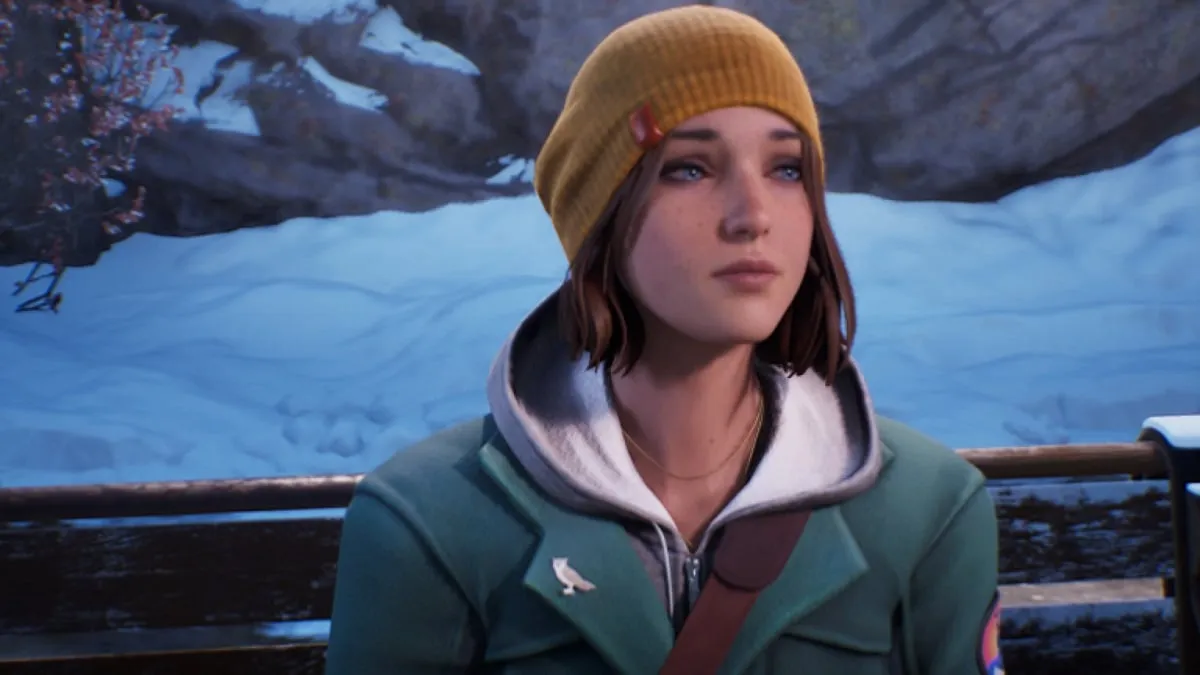
In the initial chapter, players are asked to answer questions about Max’s past, allowing for personal interpretations of prior events, such as her relationship with Chloe. This feature effectively allows one’s choices to be reflected throughout the storyline. If you select the scenario where Chloe is deceased, Max often engages in introspective, melancholic reflections about their bond. Conversely, if you choose Chloe’s survival, you’ll learn that they have unfortunately drifted apart. Both possibilities are presented with a sense of unsettling realism, emphasizing a more mature narrative tone.
One of the first aspects I noticed while playing was how accurately the sequel depicts Max’s character. Her speech patterns and mannerisms resonate with the essence of the character we once knew. Although she’s evolved into a full-grown adult, she maintains the charm of the lovable nerd from before, seamlessly delivering her trademark sarcastic (at times cringeworthy) humor. It felt like reconnecting with an old friend, and I gained a deeper insight into Max as a person this time around.
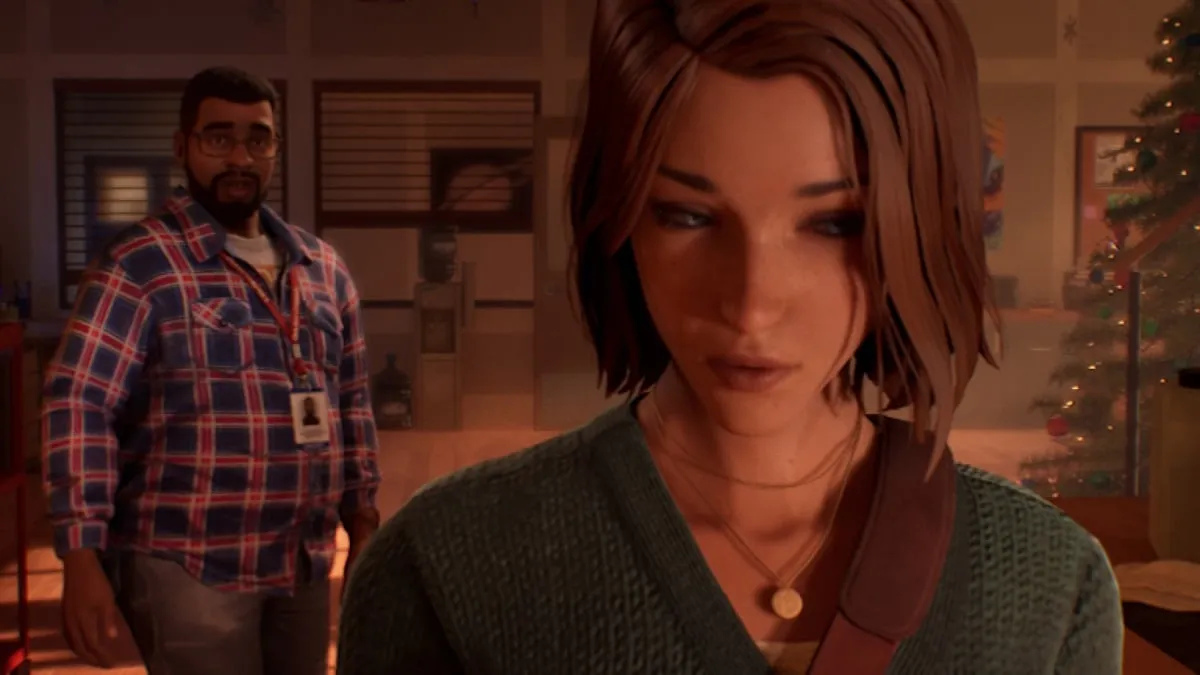
In classic Life is Strange gameplay style, players encounter various scenarios where they can make different choices, reinforcing the famous phrase, “This action will have consequences.” While exploring all possible outcomes is intriguing, similar to Life is Strange: True Colors, I found myself wishing some decisions carried more weight in the overarching plot. Only a select few felt truly impactful. The pacing of the first chapter is slightly slower as Deck Nine reestablishes Max and the gameplay mechanics, but a major plot twist at the end of Chapter 2 propels the story forward with intensity.
One primary criticism I have with Life is Strange: Double Exposure is the limited screen time shared between Max and Safi. Although Max discovers that her close friend is alive in an alternate reality, their interactions thereafter are minimal, which feels disjointed. It would have been beneficial to explore their friendship more deeply, showcasing their chemistry to enhance the emotional resonance of later plot twists. At times, I felt these shocking moments lacked the emotional punch they deserved due to this absence.
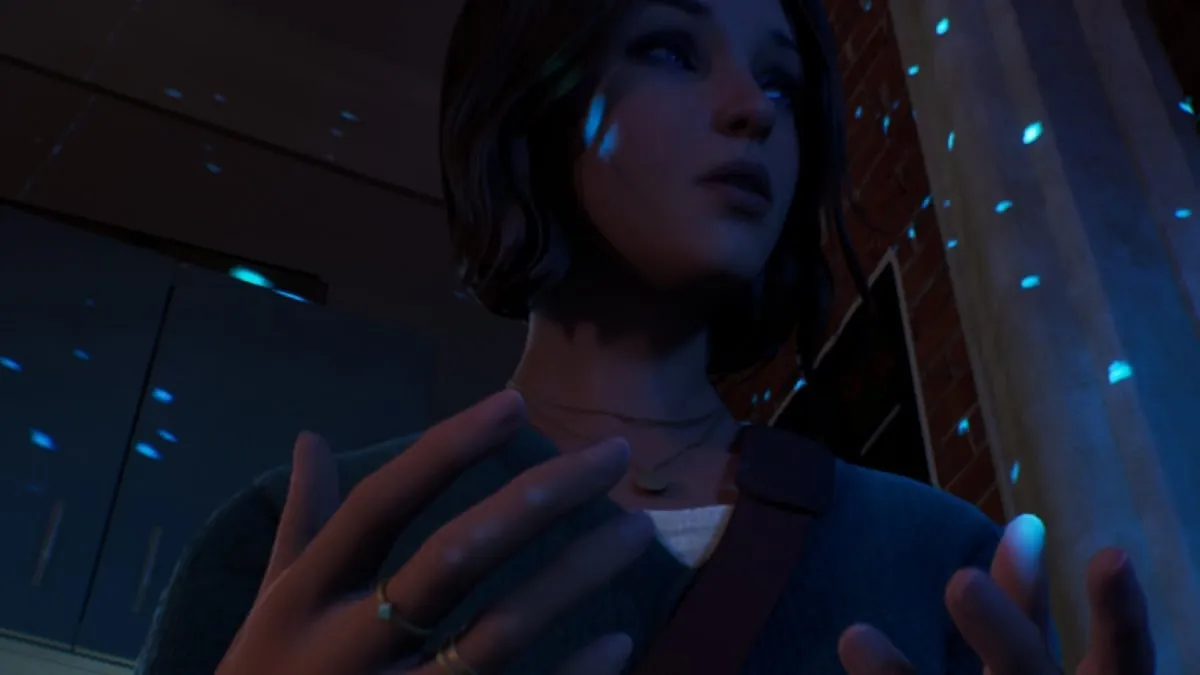
For the most part, Life is Strange: Double Exposure features a solid cast of characters. Each individual seems to harbor their own motivations and secrets, maintaining player engagement as the story unfolds. Safi and Moses emerge as standout new characters, showcasing a convincing connection with Max. In contrast, Vinh and Amanda, who are intended as potential romantic interests for Max, left me wanting more; they appeared relatively shallow compared to their counterparts.
When not navigating dialogue options, Max explores the campus and its surroundings, solving environmental puzzles to progress the narrative. This puzzle-solving involves utilizing the pulse ability and shifting between the two realities. Occasionally, players must engage with specific character versions to gather essential information or retrieve items like keys for use in the alternate universe. The puzzles are relatively straightforward and integrate seamlessly into the plot.
Visually, Life is Strange: Double Exposure stands out as the most beautiful game in the series, complemented by an excellent audio experience. Character designs, particularly Max’s new look, are well-executed and true to her essence. I found joy in exploring various environments, with the snowy Caledon University campus being a standout favorite. The music is a consistent highlight across all Life is Strange titles, and Double Exposure is no exception—numerous moments would lose their impact without the beautiful soundtrack backing them.
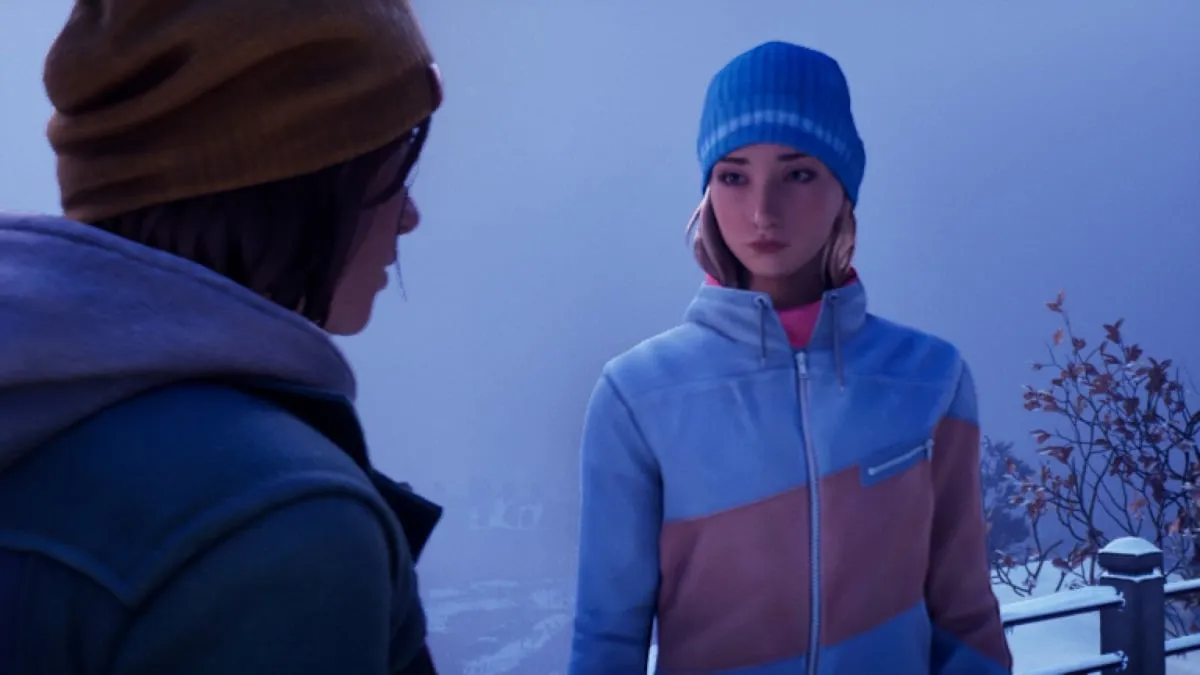
It’s important to mention some performance issues encountered on PC, particularly frame rate drops. I noticed these hiccups first in a few scenes during Chapter 2, which were minor but still noticeable. However, in the early moments of Chapter 5, there was a significant frame rate drop that slightly detracted from a crucial moment in the gameplay. I hope Deck Nine addresses these concerns with a future update.
With high expectations cast upon Life is Strange: Double Exposure due to its predecessor’s reputation as a landmark emotional and narrative-driven game, the sequel may not quite reach the same heights, but it certainly boasts several commendable aspects. Max Caulfield’s return is a welcome one, as she is an extraordinary character in her own right. I appreciated the story and the unexpected twists that surfaced throughout the game. Nevertheless, I do wish Max and Safi shared more moments together to elevate the dramatic impact of certain plot points. Accepting that Life is Strange: Double Exposure may not deliver the same emotional intensity as other installments will lead to an enjoyable experience.
Life is Strange: Double Exposure is set to launch for PS5, Xbox Series X, and PC on October 29, 2024, with the Switch version currently lacking a release date.




Leave a Reply